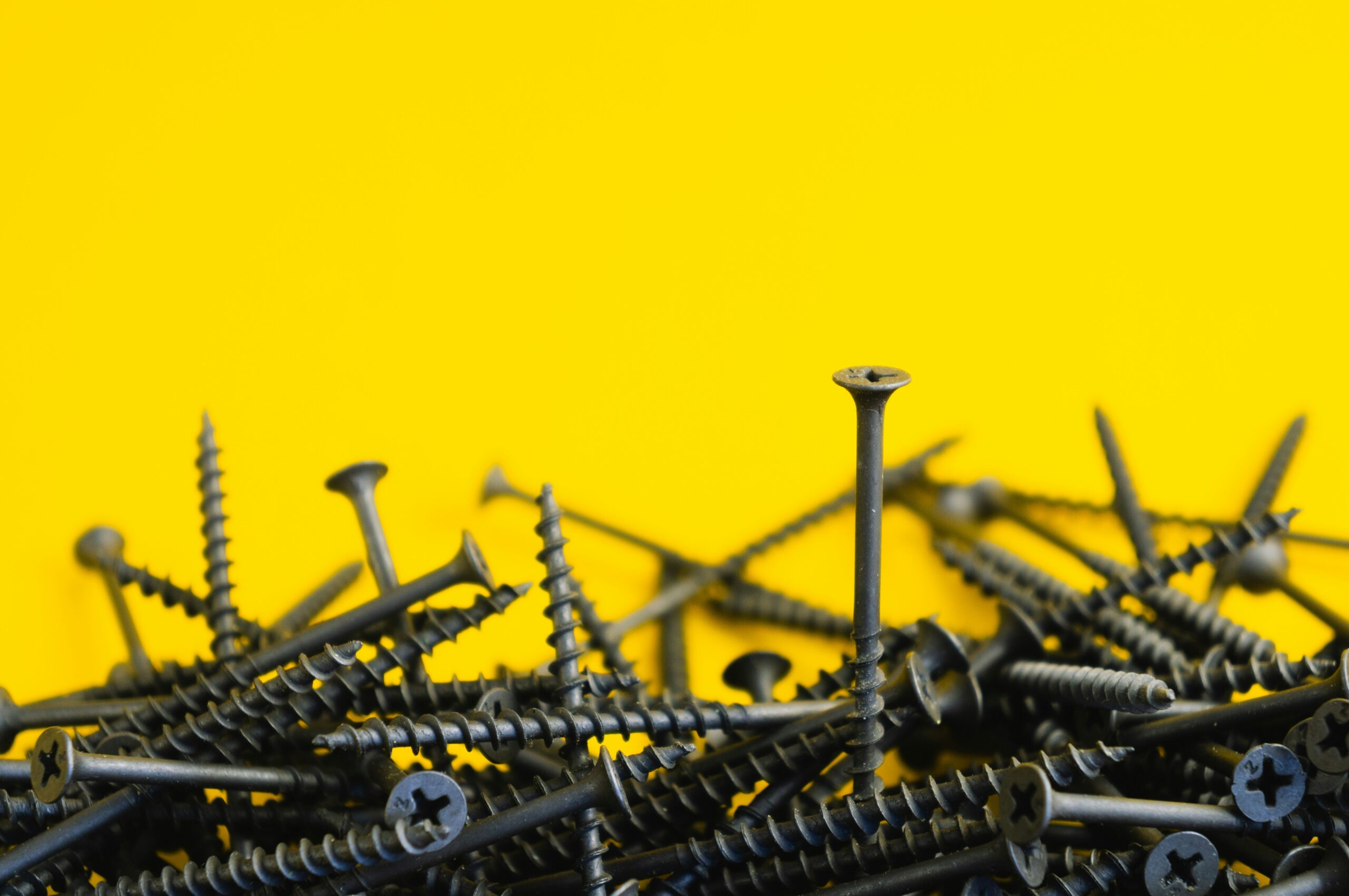


In today’s fast-paced construction industry, durability and strength are critical factors that are constantly considered. Regarding building materials, stainless steel is a top choice due to its unmatched resilience and corrosion-resistant properties. However, the key to achieving structural stability lies not just in choosing stainless steel as a material but also in selecting the suitable screws and fittings for the job.
From residential buildings to commercial structures, utilizing high-quality stainless steel hardware can make all the difference in ensuring long-lasting and safe constructions. In this article, we will delve into how stainless steel screws and fittings have revolutionized modern construction, offering unparalleled benefits over traditional materials.
Stainless steel screws are highly regarded for their exceptional tensile strength, remarkable resistance to rust, and their capacity to endure extreme temperatures and harsh weather conditions. These attributes not only make them suitable for environments prone to high humidity, saltwater exposure, or chemical contact but also help in reducing the likelihood of deterioration and structural breakdown.
Moreover, the visual appeal of meticulously polished stainless steel screws contributes a touch of sophistication, providing a sleek and pristine finish to architectural ventures. This aesthetic quality aligns seamlessly with contemporary design trends, emphasizing practicality and visual allure. In the following sections, we delve into the various types of stainless steel alloys utilized in the production of screws and explore their specific roles in diverse construction settings, showcasing their versatility and reliability.
There are several types of stainless steel materials used for screws, each with its unique properties and applications. The most common is the 304 grade, also known as 18-8 stainless steel, which contains 18% chromium and 8% nickel, providing a good balance of resistance to corrosion and strength. For harsher environments, the 316 grade offers even more excellent corrosion resistance due to the addition of molybdenum, making it ideal for marine and coastal applications.
Another notable type is the 410 stainless steel, known for its high strength and heat resistance. This grade is often used in applications demanding higher tensile strength, such as in the manufacturing of self-drilling and self-tapping screws. Understanding the specific characteristics of these stainless steel variants allows engineers and architects to make informed decisions for their projects, assuring structural integrity and longevity.
In addition to screws, fittings play a crucial role in the stability and durability of construction. Stainless steel fittings are highly sought after for strength, corrosion resistance, and versatility. They come in many shapes and sizes, such as elbows, tees, couplings, reducers, and flanges, among others. These fittings are engineered to withstand high pressure and extreme temperatures, making them a reliable choice for various industrial applications.
Moreover, stainless steel fittings have low maintenance requirements, which makes them a cost-effective option in the long run. Their excellent durability also means that replacements or repairs will be few and far between, reducing downtime and minimizing costs. From plumbing systems to structural frames, utilizing stainless steel fittings ensures robust connections that can withstand heavy loads and intense conditions, providing peace of mind for both builders and occupants. Stainless steel 304 pipe fittings are a popular choice due to their versatility, suitable for various types of piping systems.
Stainless steel screws and fittings have transformed the construction landscape in many ways. They offer unparalleled strength, corrosion resistance, visual appeal, and versatility, making them a top choice for architects, engineers, contractors, and project owners. In addition, technological advancements and manufacturing processes have widened the range of stainless steel products available, providing even more possibilities for innovative designs and applications.
With the rise in concern for sustainable practices, stainless steel stands out as an eco-friendly choice, as it is fully recyclable and has a lifespan that surpasses that of traditional construction materials. This makes it not only a durable and cost-effective solution but also an environmentally responsible one. As the construction industry continues to evolve, stainless steel screws and fittings will undoubtedly remain at the forefront of modern construction, offering unparalleled benefits for both current and future building projects.
Choosing suitable stainless steel screws and fittings for your construction project involves understanding the specific needs of your application and the environment in which it will exist. Factors such as exposure to corrosive substances, load-bearing requirements, and even aesthetic considerations will influence your decision.
For general use, the 304 grade is often sufficient. Its balanced composition offers good resistance to corrosion while maintaining strength. However, for projects in direct contact with salt water, such as coastal buildings or piers, the 316 grade with its molybdenum addition is the better choice. Regarding tensile strength and thermal resilience, 410 stainless steel makes an excellent option. Its ability to maintain integrity under high temperatures and pressure is essential in environments such as industrial plants or any application involving heat and friction.
It is also essential to consider the drive type of screws—whether Phillips, flat-head, or torx—as this can affect the ease of installation and the screw’s resistance to cam out. For fittings, selecting the correct type and size is crucial to ensure a tight seal and proper function, whether used in plumbing or structural support.